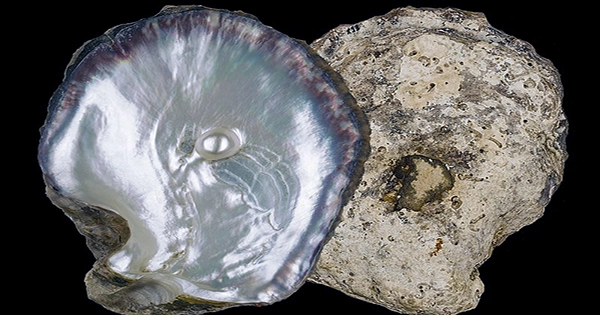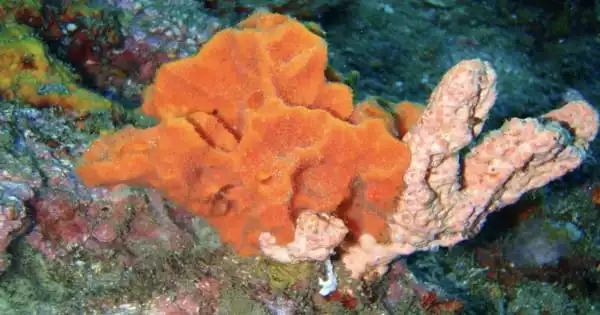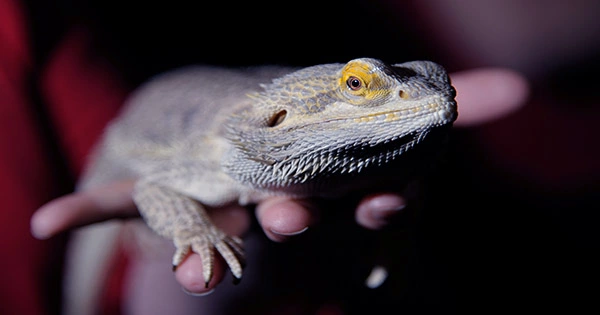Oysters are renowned across the world for being associated with exquisite jewels and having aphrodisiac properties, making them a symbol of excellent eating and wealthy preferences. Following the collection of samples from Phuket Island on Thailand’s east coast, a brand-new species of pearl oyster has now been identified.
The Pinctada phuketensis sp., a new species, nov – is a member of the Pinctada genus; this conclusion is supported by both morphological and molecular data. The Sharks Bay pearl oyster (Pinctada Albina) and Pinctada nigra are close relatives of the new species.
A study that was published in the journal ZooKeys details the discovery.
The genus Pinctada contains about 20 species that are found in tropical and subtropical areas of the Indo-Pacific and Western Atlantic. While the pearl farming industry is expanding and uses a variety of species, knowledge of the Pinctada species has remained fairly patchy.
The marine researchers used scuba diving to gather samples of 15 different pearl oyster species from the area surrounding Dok Mai Island, which is off the western coast of Thailand. Each oyster had a little sample collected for DNA testing, and its morphology was carefully examined. The new species, according to the research team, is smaller than closely related pearl oysters, lacks hinge teeth, and has brownish stripes on its exterior.
It is a popular fallacy that only pearl oysters can produce the white pearls used in jewelry; in fact, all mollusk species, including clams and even mussels, are capable of producing pearls.
Even better than the plastics and diseases found in certain edible oysters, one diner discovered an 8.8-millimeter (0.3-inch) pearl in his clam appetizer that is reported to be worth thousands of dollars.
To learn more about the evolution, diversity, and genetics of the Pinctada genus, the team recommends more research.
















